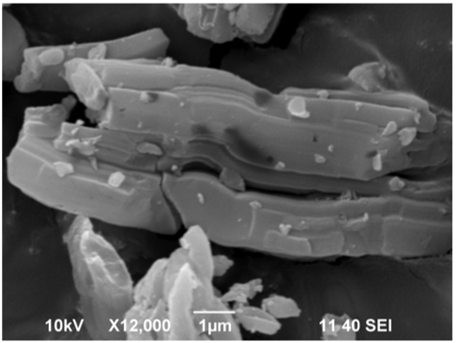The energy content of the world’s standing terrestrial biomass carbon (i.e., the renewable, above-ground biomass that could be harvested and potentially used as an energy resource) is estimated as approximately 100 times the world’s total annual energy consumption.1
The catalytic conversion of lignocellulosic biomass into intermediates that can be used to produce fuels and high-value chemicals, as well as substitutes for petroleum-based feedstocks in an integrated biorefinery, is a novel technology that can help meet the growing energy demand while reducing greenhouse gas emissions.
We have developed mesoporous silica materials with both metallic catalytic function and acidic catalytic function for the catalytic conversion of cellulose into sugar alcohols. Our best catalyst initially converts more than twice cellulose and displays almost twice the selectivity towards sugar alcohols at our reaction conditions than Ru/C, which was the best catalyst reported to date in the literature. The two main products glucose and sorbitol may be readily transformed into liquid transportation fuels such as gasoline, diesel or jet fuels using catalytic processes developed at the University of Wisconsin-Madison. 2
1. Klass, D. L. "Biomass for Renewable Energy and Fuels"; 2004.
2. Kunkes, E. L.; Simonetti, D. A.; West, R. M.; Serrano-Ruiz, J. C.; Gartner, C. A.; Dumesic, J. A. Catalytic Conversion of Biomass to Monofunctional Hydrocarbons and Targeted Liquid-Fuel Classes. Science 2008, 1159210.

